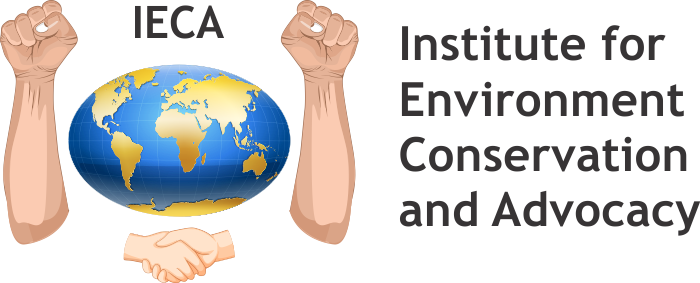Biodiversity conservation education aims to raise awareness, promote understanding, and inspire action to protect and sustainably manage the Earth's diverse ecosystems and species. Here's how to effectively implement biodiversity conservation education:
- Curriculum Integration: Integrate biodiversity conservation concepts and principles into formal education curricula at all levels, from primary schools to universities. Incorporate topics such as ecosystem dynamics, species diversity, habitat conservation, and human impacts on biodiversity into science, geography, environmental studies, and other relevant subjects.
- Experiential Learning: Provide hands-on learning experiences that allow students to explore biodiversity firsthand through field trips, nature walks, wildlife observation, and habitat restoration activities. Encourage students to engage with local ecosystems and biodiversity hotspots to develop a personal connection with nature.
- Multidisciplinary Approach: Take a multidisciplinary approach to biodiversity conservation education, incorporating insights from ecology, genetics, anthropology, economics, and other disciplines. Foster collaboration between different academic departments and research institutions to address complex biodiversity challenges from multiple perspectives.
- Outdoor Education Centers: Establish outdoor education centers or nature reserves as living laboratories for biodiversity conservation education. Provide facilities and resources for field research, environmental monitoring, and experiential learning activities that connect students with diverse ecosystems and wildlife.
- Citizen Science Projects: Engage students in citizen science initiatives that contribute to biodiversity research and monitoring efforts. Encourage students to collect data on species distribution, population trends, and habitat characteristics, and participate in collaborative projects such as bird counts, species surveys, and biodiversity mapping.
- Conservation Projects: Empower students to take action for biodiversity conservation through hands-on conservation projects in their schools and communities. Support initiatives such as native plant gardens, wildlife habitat restoration, invasive species removal, and community-based conservation programs that promote stewardship and environmental responsibility.
- Environmental Literacy: Foster environmental literacy by providing students with the knowledge, skills, and values needed to understand and address biodiversity conservation challenges. Teach critical thinking, problem-solving, and decision-making skills to empower students to become informed and active citizens in promoting biodiversity conservation.
- Awareness Campaigns: Organize biodiversity awareness campaigns, workshops, and events to educate students, teachers, parents, and community members about the importance of biodiversity conservation. Use multimedia tools, storytelling, art, and cultural activities to communicate complex scientific concepts in engaging and accessible ways.
- Partnerships and Collaboration: Collaborate with local conservation organizations, government agencies, research institutions, and community groups to enhance biodiversity conservation education efforts. Tap into existing networks and resources to support student learning, research, and community engagement initiatives.
- Evaluation and Assessment: Evaluate the effectiveness of biodiversity conservation education programs through pre- and post-assessments, surveys, interviews, and feedback mechanisms. Monitor changes in student knowledge, attitudes, and behaviors related to biodiversity conservation and adapt educational strategies accordingly.
By implementing these strategies, biodiversity conservation education can inspire a new generation of environmental leaders and advocates who are committed to protecting and preserving Earth's rich biodiversity for future generations.

 Call :
Call :